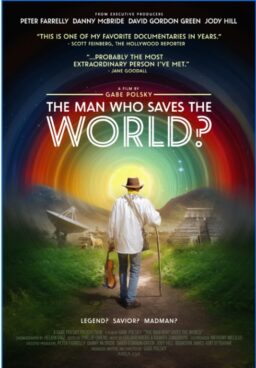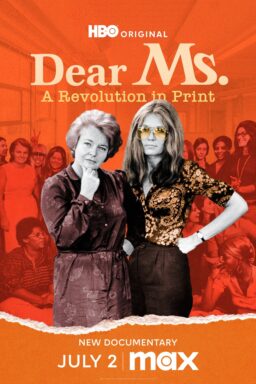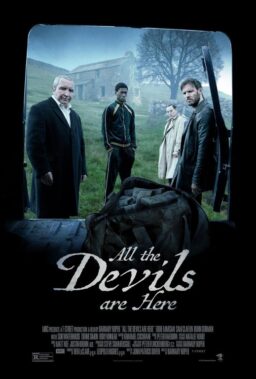After seeing the new “Star Wars” movie projected on film, I wrote that the images had “a certain fuzziness, an indistinctness that seemed to undermine their potential power.” But I knew the film had been shot on digital video, and that George Lucas believed that it should preferably be seen, not on film, but projected digitally. Sunday I was able to see the digital version, and Lucas is right: “Star Wars: Episode II–Attack of the Clones” is sharper, crisper, brighter and punchier on digital than on film.
This will come as melancholy news, I suppose, to the vast majority of fans destined to see the movie through a standard film projector. Although an accurate count is hard to come by, there are apparently about 20 screens in America showing “Episode II” via digital projector, and about 3,000 showing it on film. Lucas is so eager to promote his vision of the digital future that he is willing to penalize his audience, just to prove a point.
But he does prove the point. On Sunday, I returned to Chicago’s McClurg Court Cinemas, where I had seen “Episode II” on film the previous Tuesday. On Wednesday, technicians from Boeing Digital Cinema swooped down on the theater to install a new Texas Instruments digital projector, and that’s how I saw the film a second time–sitting in almost exactly the same seat.
Watching it on film, I wrote, “I felt like I had to lean with my eyes toward the screen in order to see what I was being shown.” On digital, the images were bright and clear. Since the movie was being projected on film on another McClurg screen (both screenings were part of a charity benefit for Metropolitan Family Services), I slipped upstairs, watched a scene on film and then hurried downstairs to compare the same scene on video. The difference was dramatic: more detail, more depth, more clarity
Readers familiar with my preference for film over video projection systems will wonder if I have switched parties. Not at all. It’s to be expected that “Episode II” would look better on digital, because it was entirely filmed on digital. Therefore, the digitally projected version is generation one, and the film version is one generation further from the source. Lucas is right as far as a computer-aided special-effects movie like “Episode II” goes, but may be wrong for the vast majority of movies that depict the real world on celluloid.I
t is important to understand that “Episode II” is essentially an animated film with humans added to it. This is the flip side of “Who Framed Roger Rabbit,” which was a live-action film with cartoon characters laid on top. Most of the non-human screen images on “Episode II,” and some of the characters (Yoda, Jar-Jar Binks), are created entirely by computers. Even in scenes dominated by humans, the backgrounds and locations are often entirely computer-generated.
Whether this is an advance is debatable. I am receiving mail from readers who prefer the earlier “Star Wars” effects, using models, back projection, puppets and the like. They also question the current hit “Spider-Man,” where Spidey’s action sequences are animated using “CGI,” or computer-generated imagery. David Soto of Santa Ana, Calif., writes, “I liked it, although I wanted to love it. One thing I noticed–for a second I had the impression I was watching a ‘Power Rangers’ episode.” He said CGI made everything “look so fast, so weightless, so unreal.”
I agree. In “Episode II,” this is true of the most popular scene in the movie, where Yoda abandons his contemplative and sedentary lifestyle and springs into action. Yes, it’s fun to see the surprise Yoda has up his sleeve, but in the scene itself, he turns from a substantial, detailed, “realistic” character into a bouncing blob of Yoda-ness, moving too quickly to be perceived in any detail. The debate about CGI vs. traditional effects will be fueled by “Episode II” and “Spider-Man.”
The debate about digital projection is just beginning. My feeling is that movies shot on digital video look better projected on video, and that movies shot on film look better projected on film. Of course every theater, every print and every projector is different, so results may vary.
What I dislike about Lucas’ approach is that he wants to change the entire world of film to suit his convenience. Because his movies are created largely on computers, it suits him to project them digitally. Because the “Star Wars” franchise is so hugely profitable, he hopes he has the clout to swing the movie world behind him–especially since well-funded Boeing and Texas Instruments stand to make millions by grabbing the projection franchise away from film. A century of cinematic tradition may be shown to the exit by Head Usher Jar-Jar, while Yoda consoles us with the Force.











